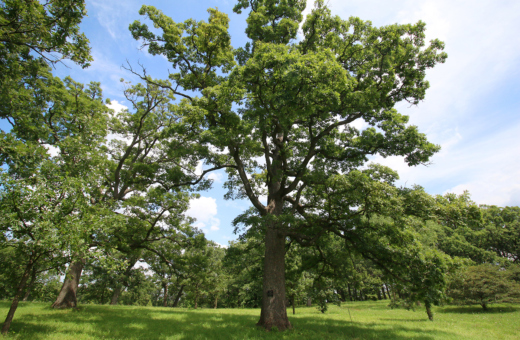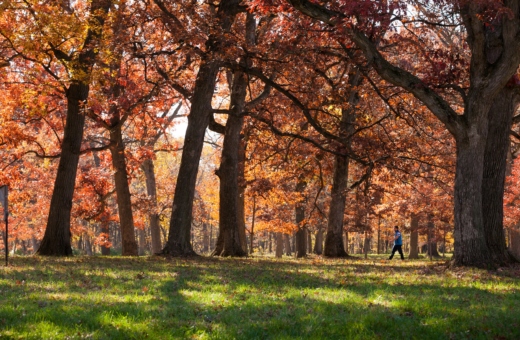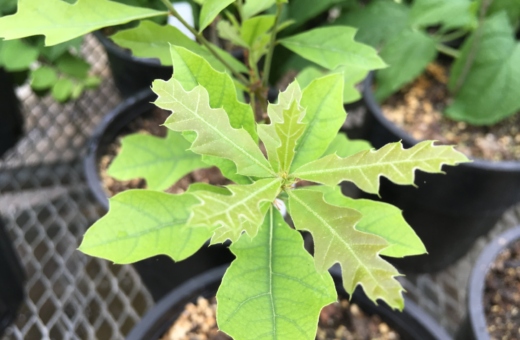Using Our Conservation Gap Analysis Methodology
Request access to documentation and training materials
The conservation gap analysis methodology guides efforts to assess gaps and provide conservation recommendations for target plant species, both in ex situ collections and wild populations. Although it was created as an internal workflow, the method has been embraced by partner organizations through training and support. Please use the contact form below if you’re interested in receiving access to methodology documentation.
The Morton Arboretum, in partnership with Botanic Gardens Conservation International US and the U.S. Forest Service, began developing the conservation gap analysis methodology in 2016. Since then, the method has expanded and benefited from partnerships with other botanical gardens and organizations. Ten reports have been published to-date, including nine focused on U.S. native trees – oaks, American beech, hickories, Kentucky coffeetree, pines, selected laurels, walnuts, yews, magnolias – and a global analysis of magnolia. A related method (Carver et al. 20201) was developed concurrently by another group, then used by the Arboretum and partners to assess North American fruit and nut tree crop wild relatives. Additional projects are underway for Acer, Artocarpus, Diospyros, Erica, Nothofagus, Quercus of Mesoamerica and Southeast Asia, Rhododendron, Sorbus, Vitis, and conifers.



